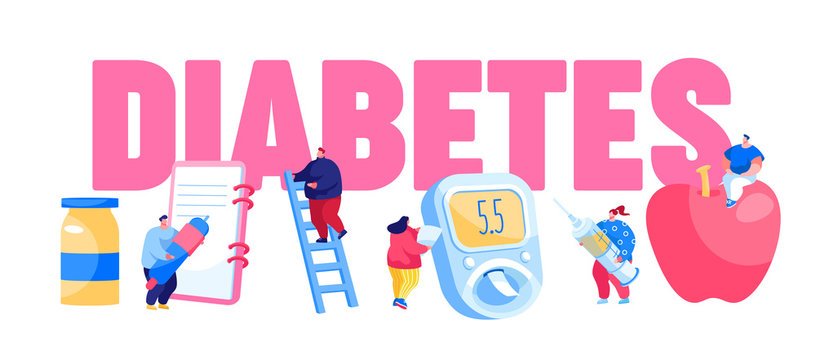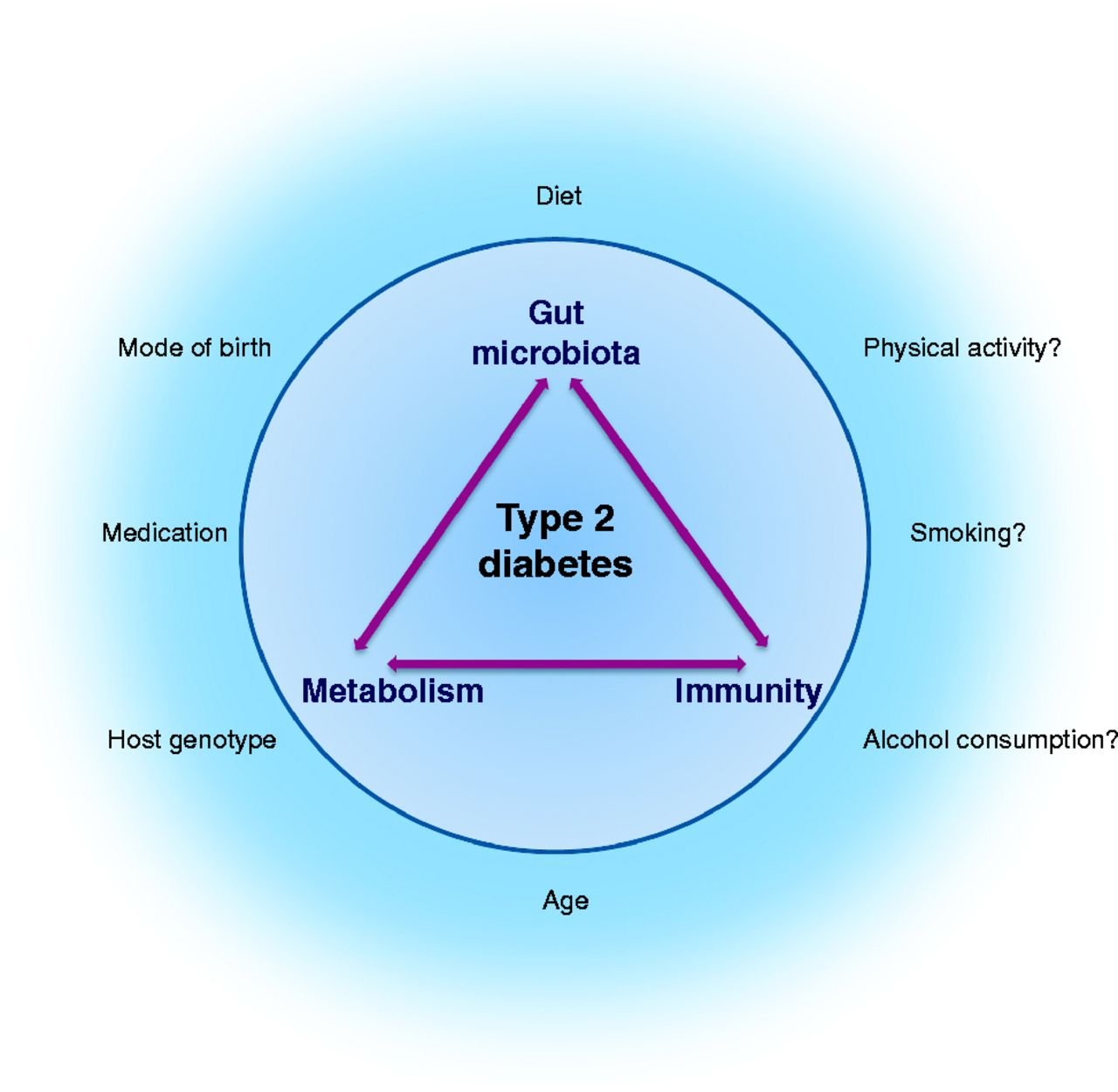Integrating Diabetes Health Care

It is estimated in 2019 that 463 million people had diabetes worldwide with about 90% of the cases of type II Diabetes. The incidence is similar in women and men. In 2019, diabetes resulted in approximately 4.2 million deaths. It is the 7th leading cause of death globally
The body obtains glucose from three main sources: the intestinal absorption of food; the breakdown of glycogen (glycogenolysis), the storage form of glucose found in the liver; and gluconeogenesis, the generation of glucose from non-carbohydrate substrates in the body. Insulin plays a critical role in regulating glucose levels in the body. Insulin can inhibit the breakdown of glycogen or the process of gluconeogenesis, it can stimulate the transport of glucose into fat and muscle cells, and it can stimulate the storage of glucose in the form of glycogen.
Insulin is released into the blood by beta cells (β-cells), found in the islets of Langerhans in the pancreas, in response to rising levels of blood glucose, typically after eating. Insulin is used by about two-thirds of the body’s cells to absorb glucose from the blood for use as fuel, for conversion to other needed molecules, or for storage. Lower glucose levels result in decreased insulin release from the beta cells and in the breakdown of glycogen to glucose. This process is mainly controlled by the hormone glucagon.
If the amount of insulin available is insufficient, or if cells respond poorly to the effects of insulin (insulin resistance), or if the insulin itself is defective, then glucose is not absorbed properly by the body cells that require it, and is not stored appropriately in the liver and muscles. The net effect is persistently high levels of blood glucose, poor protein synthesis, and other metabolic derangements.
Diabetes mellitus is a group of metabolic disorders characterized by a high blood sugar level over a prolonged period of time. Acute complications include diabetic ketoacidosis, hyperosmolar hyperglycaemic state, or death. Serious long-term complications include cardiovascular disease, stroke, chronic kidney disease, foot ulcers, damage to the nerves, damage to the eyes and cognitive impairment.
There are three main types of diabetes mellitus:
- Type 1 diabetes or IDDM, results from failure of the pancreas to produce enough insulin due to loss of beta cells. The loss of beta cells is caused by an autoimmune response. The cause of this autoimmune response is unknown.
- Type 2 diabetes or NIDDM begins with insulin resistance, a condition in which cells fail to respond to insulin properly. As the disease progresses, lack of insulin develops. The most common cause is a combination of excessive body weight and insufficient exercise.
- Gestational diabetes occurs when pregnant women without a previous history of diabetes develop high blood sugar levels.
- Prediabetes usually occurs in people who already have some insulin resistance or whose beta cells in the pancreas aren’t making enough insulin to keep blood glucose in the normal range.

|
WHO diabetes diagnostic criteria |
||||||
|
Condition |
2-hour glucose |
Fasting glucose |
HbA1c |
|||
|
Unit |
mmol/L |
mg/dL |
mmol/L |
mg/dL |
mmol/mol |
DCCT % |
|
Normal |
< 7.8 |
< 140 |
< 6.1 |
< 110 |
< 42 |
< 6.0 |
|
Impaired fasting glycaemia |
< 7.8 |
< 140 |
6.1–7.0 |
110–125 |
42–46 |
6.0–6.4 |
|
Impaired glucose tolerance |
≥ 7.8 |
≥ 140 |
< 7.0 |
< 126 |
42–46 |
6.0–6.4 |
|
Diabetes mellitus |
≥ 11.1 |
≥ 200 |
≥ 7.0 |
≥ 126 |
≥ 48 |
≥ 6.5 |

